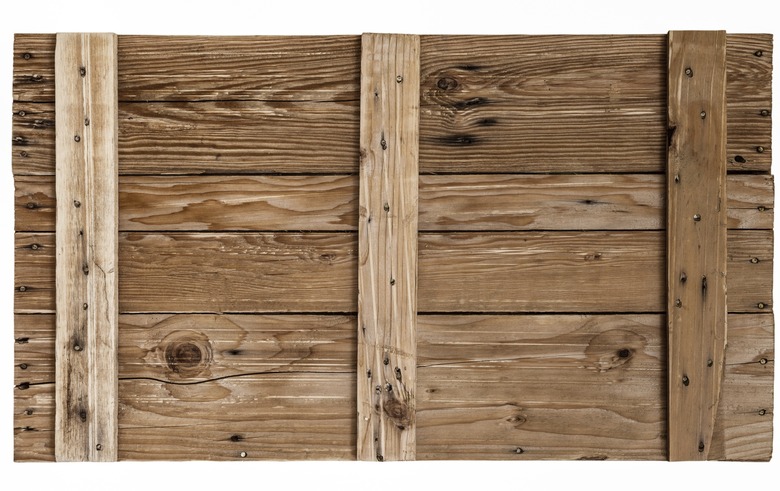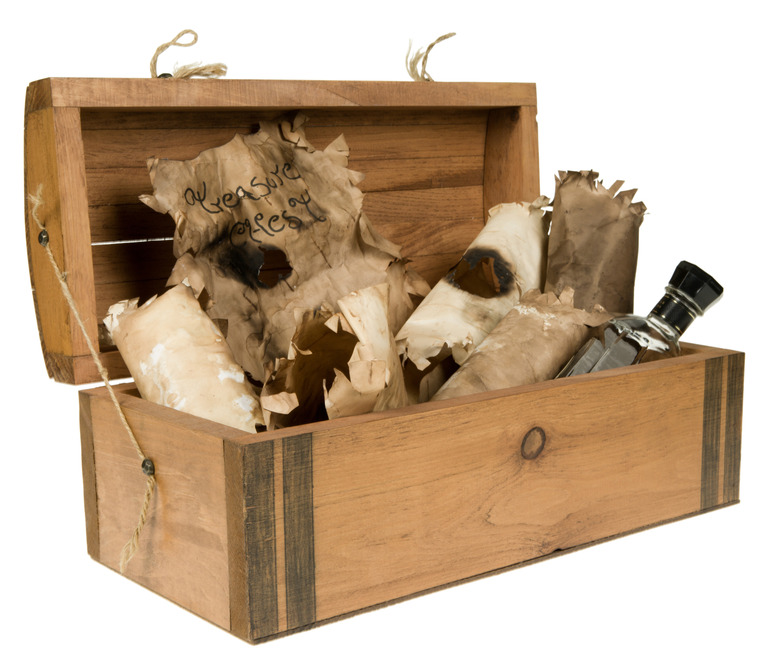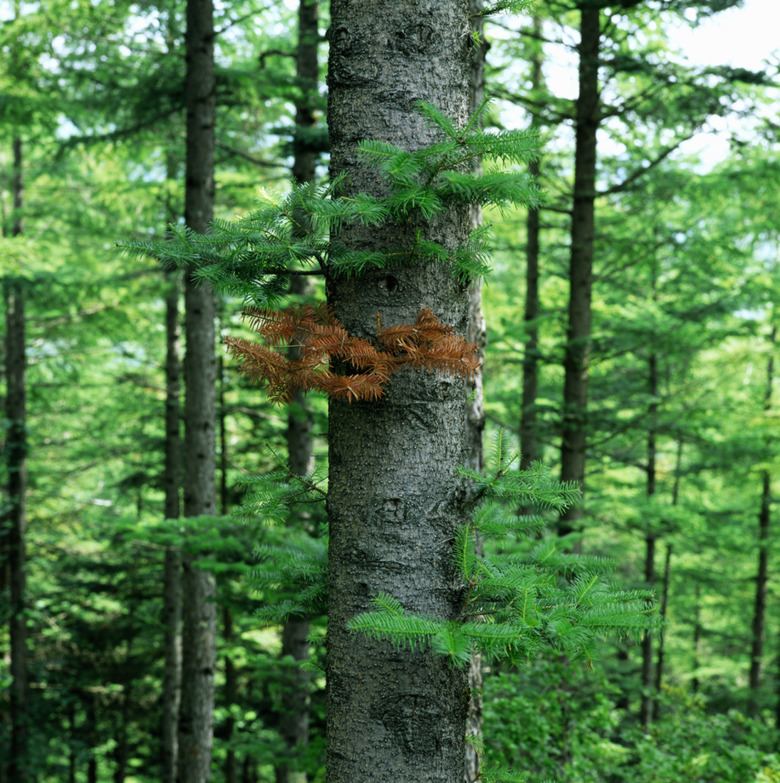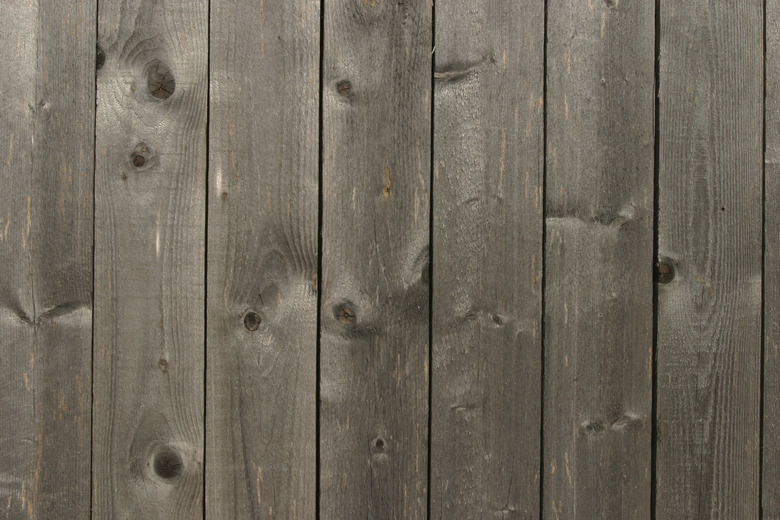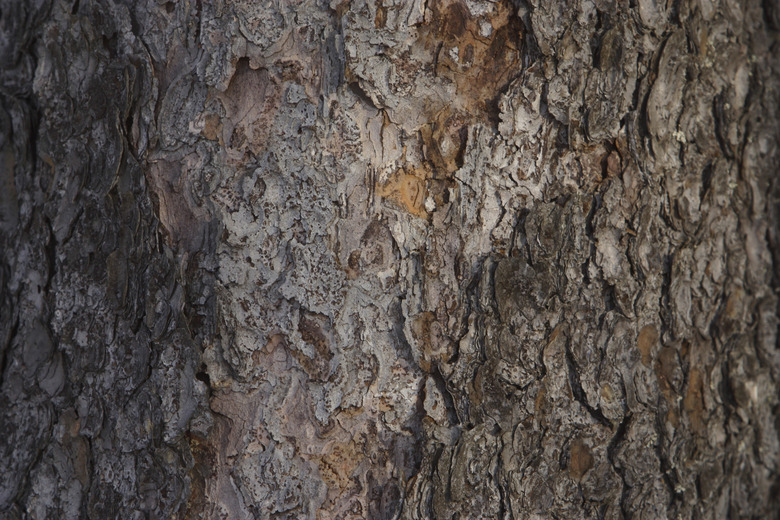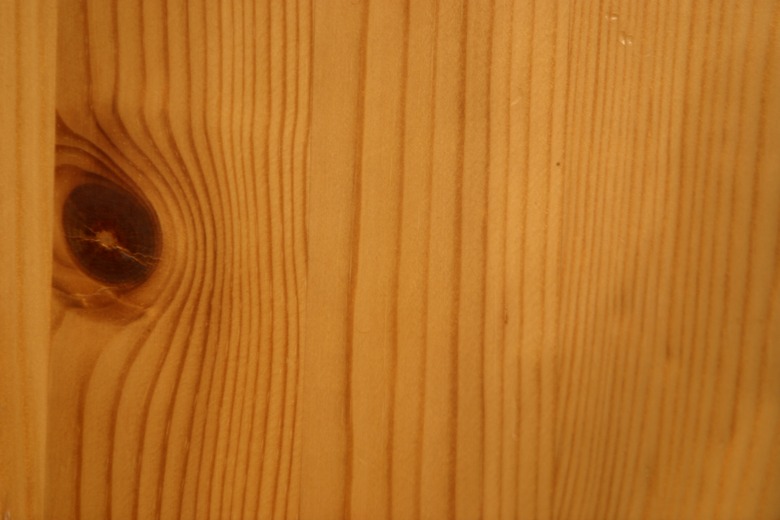Pine Wood Fence Vs. Cedar Wood Fence
Wood fences are built around properties for many reasons. Some are best for security, some maintain privacy, while some are merely decorative. Pine and cedar make up more than 80 percent of wood used for fencing. The differences in the wood affect the fence's cost, durability, upkeep and appearance.
Properties of Cedar and Pine
Cedar is cut into boards at sawmills and left untreated. The heartwood of old growth cedar is naturally decay- and insect-resistant and does not warp, twist or crack. The sapwood and second growth cedar are somewhat less decay-resistant.
Most pine used in fencing is treated with a pressure and preservatives to prevent it from decaying. Treated posts can occasionally warp, twist or crack.
Cost
Although wood prices vary greatly throughout the country, pine is always less expensive than cedar. Price will also differ depending on the distributor, how processed the wood is and its source.
Durability
Cedar fence posts are very durable and typically last six to 10 years. Cedar fence posts, however, do not last as long as treated pine posts when placed directly in the ground. For this reason, cedar posts are almost always set in concrete.
Properly treated pine lumber or posts will last for 100 years, even when in contact with the wet soil. Pine treatment is extremely toxic, however, and there are restrictions on its use. Pressure-treated pine usually comes with at least a 10-year warranty, although some companies offer a lifetime warranty.
Aging and Weathering
Pressure-treated pine weathers into a golden brown color and is highly rot- and decay-resistant.
As cedar ages, it takes on variations in color that many people find aesthetically pleasing. Its has a natural resistance to decay, which allows it to holds its shape without warping.
Upkeep
The upkeep of both pine and cedar is similar. They can be left as is or stained, sealed or painted.
Without the protection of a stain/sealer, cedar slowly turns gray as the oils are leeched out by the sun and rain. Cedar is rarely painted, and is usually only stained and sealed. The sealer lasts 5 to 7 years before resealing and restaining are necessary. The stain protects the natural oils and fibers in the wood, preventing graying.
Pine is often painted. Repainting or resealing is required every 5 years or so.
